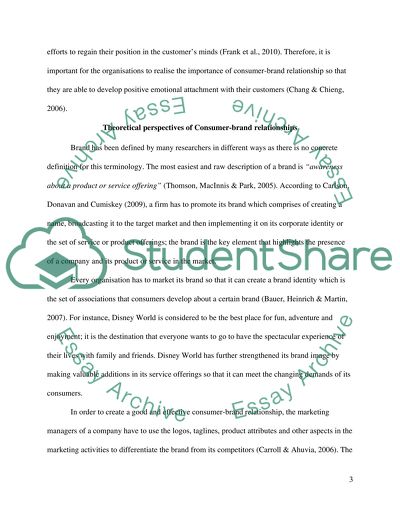Cite this document
(“Consumer-brand relationships Essay Example | Topics and Well Written Essays - 5000 words”, n.d.)
Consumer-brand relationships Essay Example | Topics and Well Written Essays - 5000 words. Retrieved from https://studentshare.org/marketing/1402186-analyse-consumer-brand-relationships-in-a-product
Consumer-brand relationships Essay Example | Topics and Well Written Essays - 5000 words. Retrieved from https://studentshare.org/marketing/1402186-analyse-consumer-brand-relationships-in-a-product
(Consumer-Brand Relationships Essay Example | Topics and Well Written Essays - 5000 Words)
Consumer-Brand Relationships Essay Example | Topics and Well Written Essays - 5000 Words. https://studentshare.org/marketing/1402186-analyse-consumer-brand-relationships-in-a-product.
Consumer-Brand Relationships Essay Example | Topics and Well Written Essays - 5000 Words. https://studentshare.org/marketing/1402186-analyse-consumer-brand-relationships-in-a-product.
“Consumer-Brand Relationships Essay Example | Topics and Well Written Essays - 5000 Words”, n.d. https://studentshare.org/marketing/1402186-analyse-consumer-brand-relationships-in-a-product.


